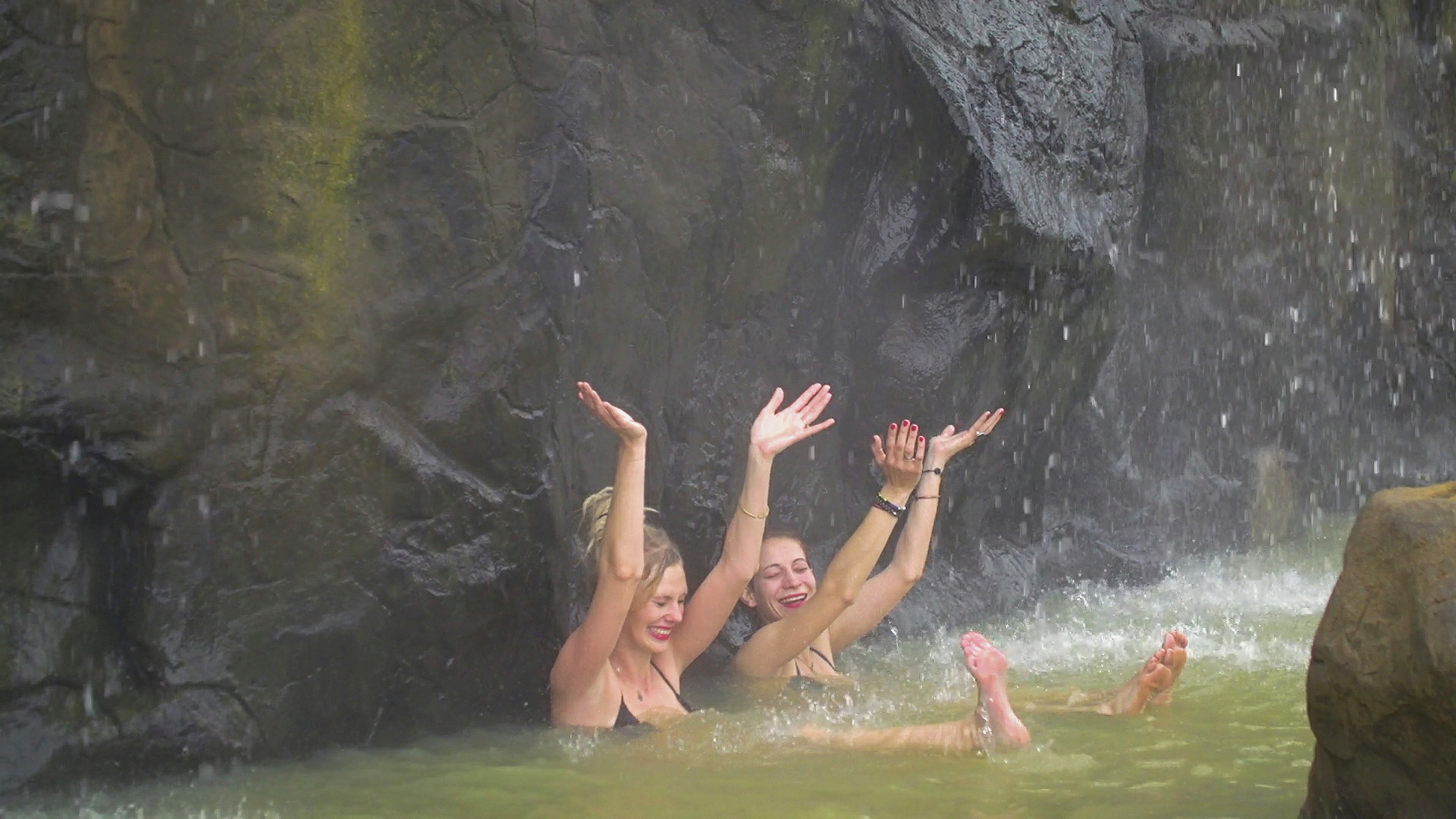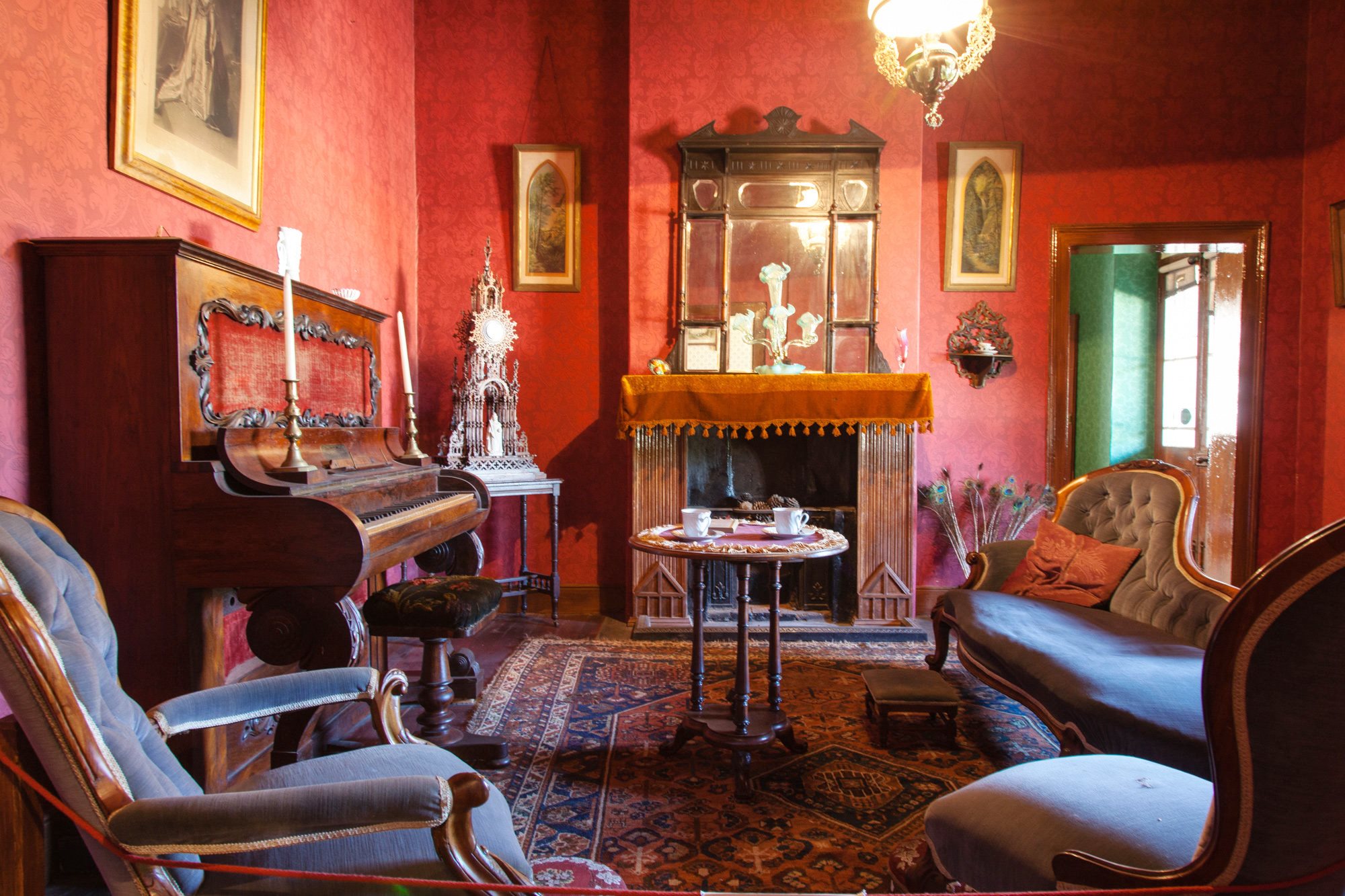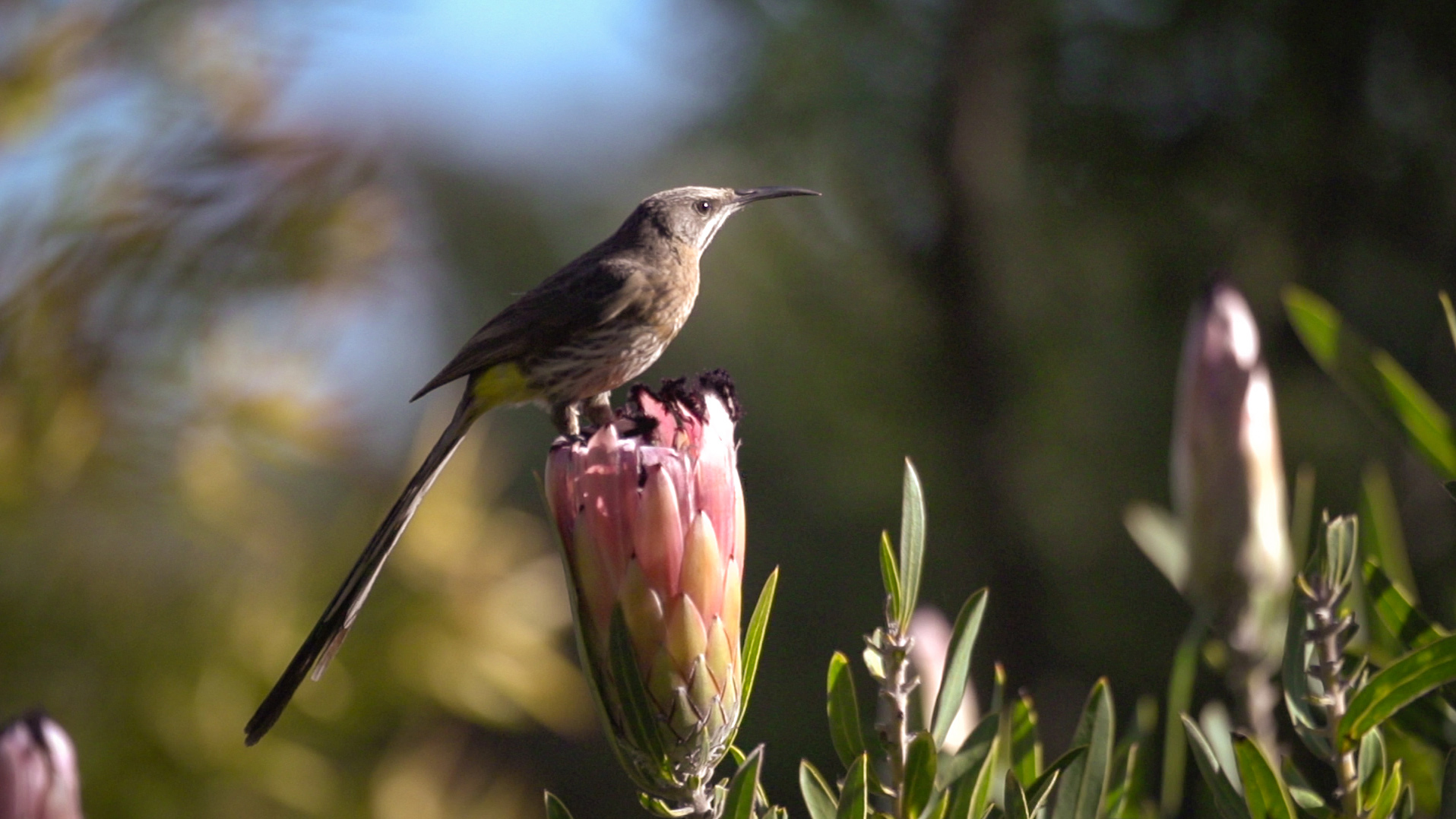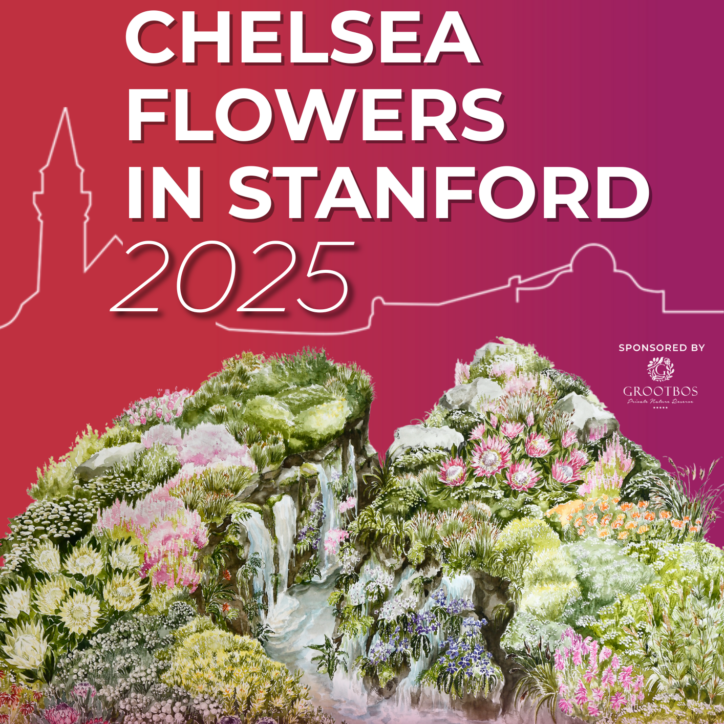Caledon’s historical archives stretch as far back as the late 1600s and there is a tremendous wealth of heritage to explore in this part of the Overberg. These are our top historical 3 must-sees if you find yourself in or around the Caledon area:
1. The Hot Springs
The natural springs on the foothills of the Swartberg have been an attraction since before the Cape was colonised. These were frequented by the Khoi people for centuries. There are seven mineral pools in total, six of which are heated by deep underground pressure and one that is ice-cold. In 1715, Ferdinand Appel was granted the springs in order to develop a health spa. By the early 20th century the spa had developed into a 3-story building with sanatorium facilities and accommodation for over 300 people. However, in 1946 this Victorian styled haven went up in flames during the great fire of Caledon. Today, these hot springs are now on the property of the Caledon Hotel and anyone can visit them (even as day visitors for those who are not hotel guests).

2. The Caledon Museum
This comprises two buildings that depict different eras within the town’s history. There is a Victorian House that displays the lifestyle of a typical home in the town during this era. You can even partake in the Victorian bread baking demonstration if you’re around on a Friday. Then the Masonic Lodge houses artefacts and a pictorial history of the coloured community before the Group Areas Act of the 1950s. Museum hours tend to be weekdays from 09:00 to 16:00, but they do on occasion open over weekends for special events or festivals. For example, during the town’s annual Wildflower Show in September.

3. Caledon Wildflower Garden
As far back as 1892 there has been a Wildflower Show held in Caledon which is frequented by visitors from far and wide. This is because the area has literally hundreds upon hundreds of indigenous fynbos species. And in most cases, this particular flora can only be found in this part of South Africa. In 1962, the Caledon Wildflower Garden was proclaimed an official Nature Reserve and it was one of the first areas prioritised by the Department of Conservation. Don’t miss out on the chance to walk the 10km trail through this historical, natural garden and take in the amazing panoramic views of the surrounding farmlands.









.jpg?width=200&height=94)




































